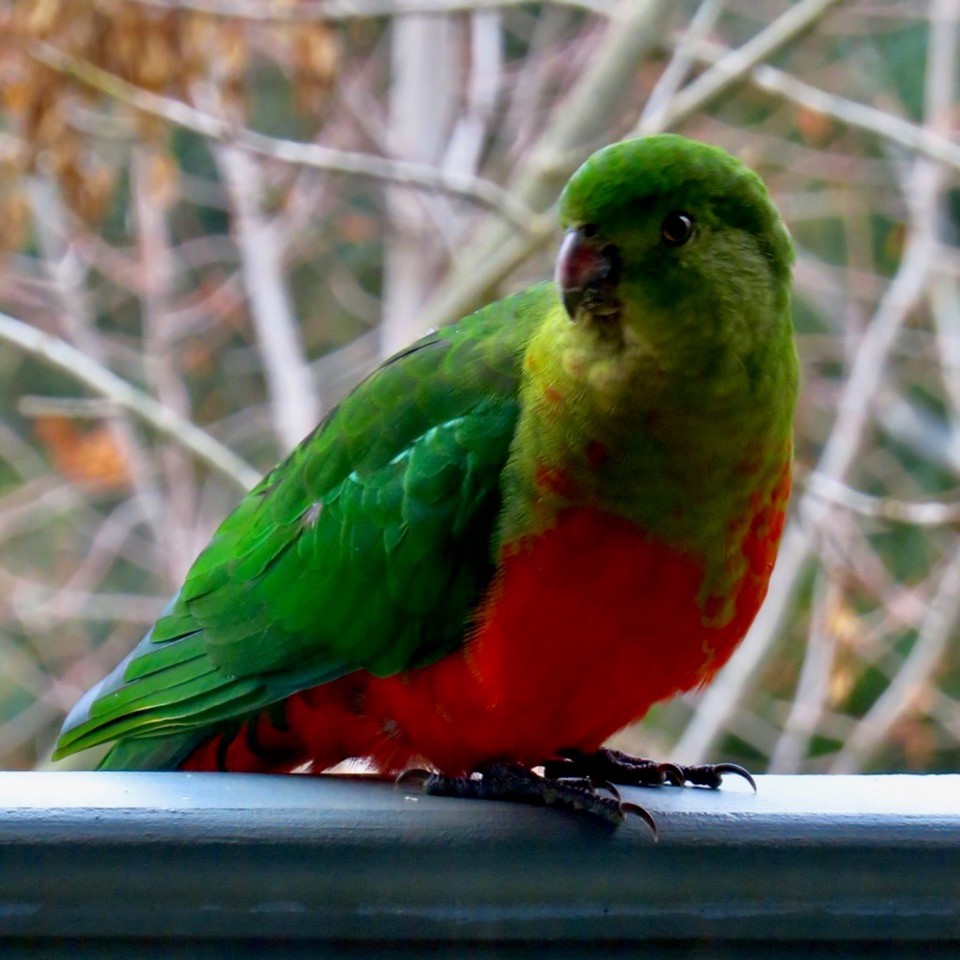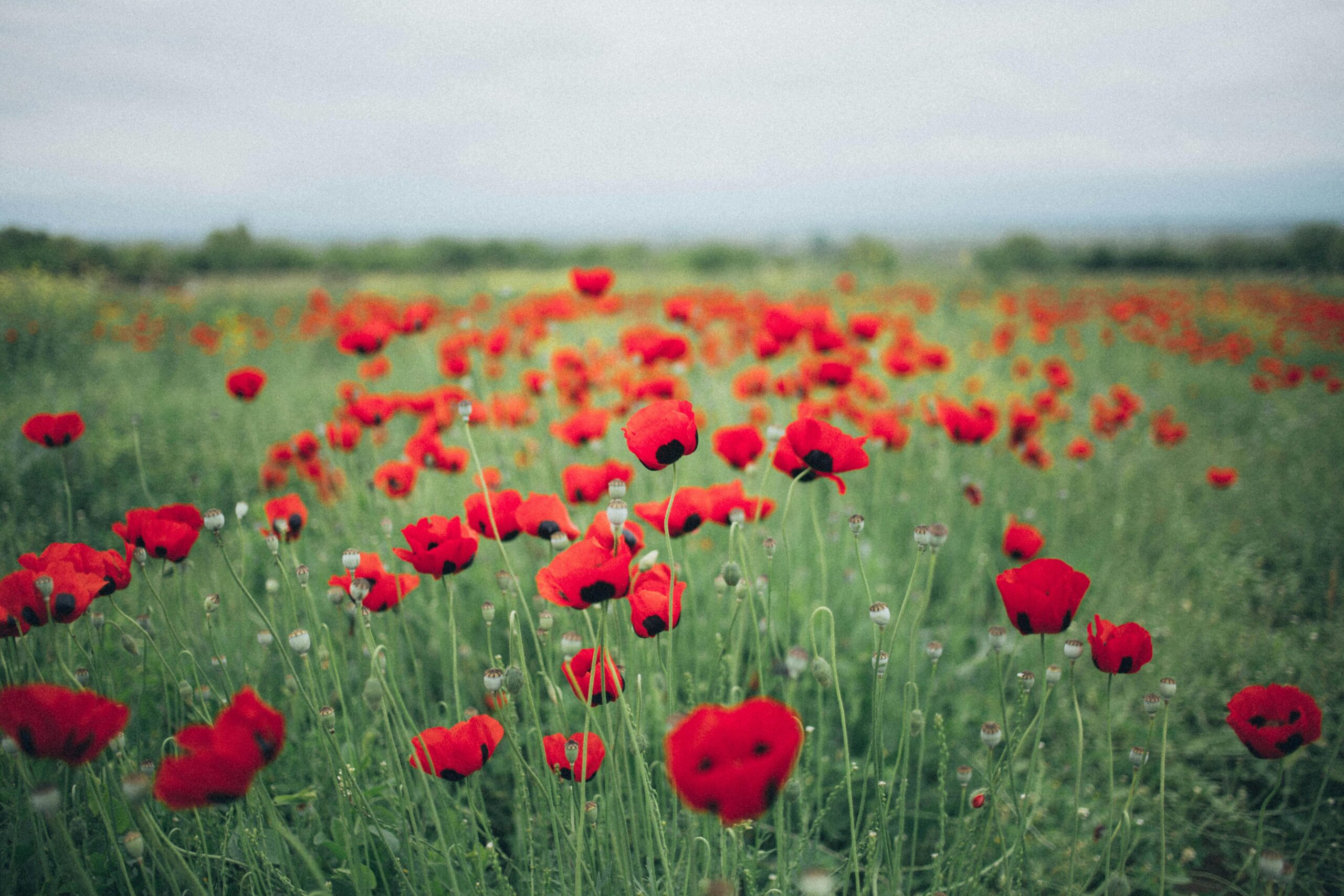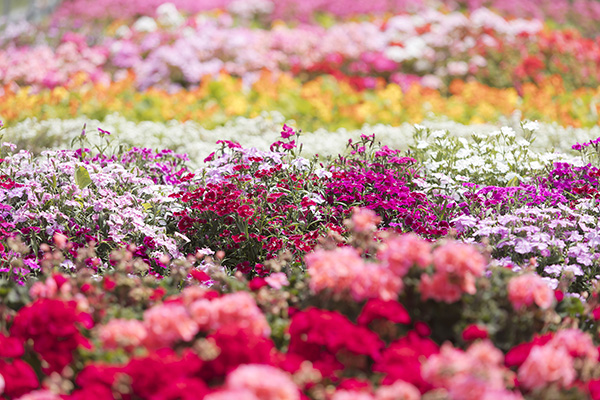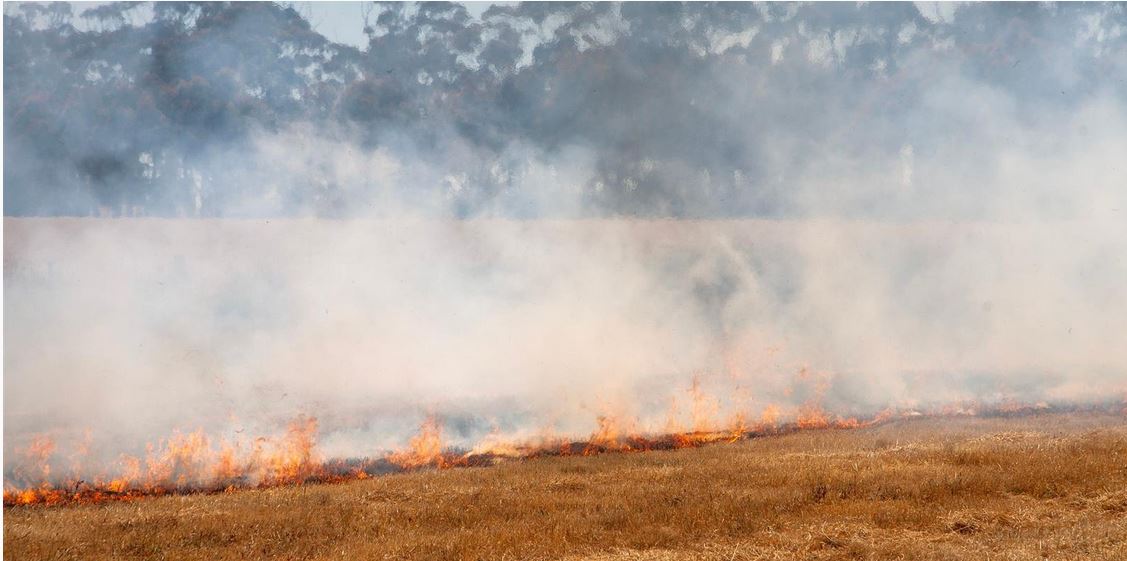December 25th, 2021Glen, about the house- Fine feathered friends
To my great delight, my birdbath’s daily clientele has recently been boosted by “foreigners” – species seldom spotted in this area – desperately seeking food.
Each year, at this time when other regular food sources have shut down we have been raided by bands of scavenging rosellas, various species of lorikeet and other seed eaters, even an occasional yellow-tailed black cockatoo. Main targets are always the rose hips on several antique briar roses and the berries of our cotoneaster horizontalis, while the honey-eaters make a beeline for the flowering gums.

But in the past week our already much-visited ash trees were scoured clean by first, a dozen or so red-browed finches, occasional visitors but never en masse, and second a troupe of New Holland honeyeaters – again- usually a solo visitor. They all spent quite some time among the branches, never resting long enough for my camera.
Best of all, from a flock of rare visitors, were king parrots. Two females peeled off and landed in the ash tree adjacent to our balcony and took no notice of me coming out with my camera. Better still, they came over and perched on the railing when I came back out with a handful of peanuts and crushed walnut…the one in the photo actually came up and almost ate from my hand!
I left them to their own resources and they went back to the trees, rejoining their flock when it returned.
My guess is that they could be part of a migration from the drought and fire ravaged areas. The Bird Man, ornithologist Sean Dooley, talked on the ABC of his sighting a glossy black cockatoo.
It all strengthens the need for all of us to make our gardens a haven for our precious native birds, and it’s really simple for us to make them welcome through “safe” sheltered areas, providing constant supply of cool drinking and bathing water, and planting plenty of indigenous, food-bearing plants.
Keep it natural
I am a survivor of the “pre-enlightment chemical gardening warfare 50s” – when it was deemed quite OK to go into a greenhouse or garden bed in shorts and sandals armed with a knapsack full of wonderful systemic chemical insecticides.
(Systemic = stays in the plant’s sapstream to permanently destroy bugs and fungal disease.)
Nobody told us it would also stay with us as well and anybody, including Rachel Carson of Silent Spring fame, who said so would be publicly castigated. We just kept wondering where the persistent rashes, allergies and crap immune systems came from. Odd that, and yet despite finally being banned in the USA most of these chemicals still find their way into the markets of the rest of the world.
Thus endeth the lesson. Let’s look at some more safe alternative remedies.
Some plants to dispel insects
Ants – catmint, mint, pennyroyal, spearmint, tansy
Aphids – orange nasturtium, spearmint, southernwood, pyrethrum
Cabbage Moth – dill, hyssop, mint, oregano, rosemary, sage, southernwood, spearmint, tansy
Fleas – fennel, pennyroyal, spearmint, tansy, wormwood
Flies – basil, eau-de-cologne mint, pyrethrum, rue, tansy, wormwood
Fruit fly – basil, southernwood, tansy
Mosquitoes – pennyroyal, tansy, southernwood, wormwood
Moths – mint, pennyroyal, sage, southernwood, spearmint, thyme, wormwood
As well as being effective repellents in the garden, they can be dried and put into cloth sachets to do their stuff in cupboards and wardrobes.
There are many recipes for making garden and household sprays in most herb books including one of my favourites An Australian Herbal, one of a plethora of books by Penny Woodward, published by Hyland Press in 1986, but still on some bookshop shelves, and definitely online.
Got a gardening question? Ask Glen. Email glenzgarden@gmail.com










